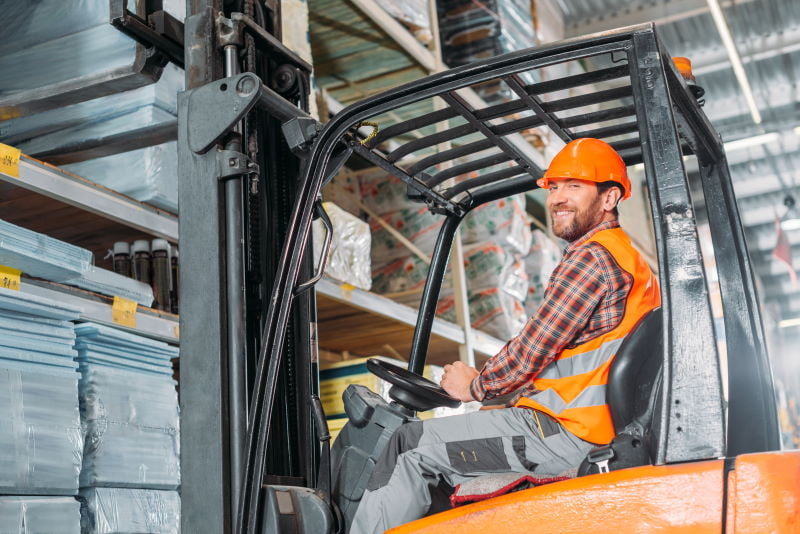Here’s an incredible statistic: More than 11% of forklifts in use today are involved in accidents every year. In addition, more than 35,000 workers are killed or seriously injured. On top of that, another 65,000 workers sustained less severe injuries in forklift accidents. Each year accidents are caused by failure to follow simple warehouse safety rules when operating in and around forklifts. Here are eight critical rules to follow when using a forklift. These rules can help with your forklift fleet management.
Inspect Your Forklift Often
Rule one, Inspect your forklift before use. Be thorough, and operators should conduct inspections daily and before beginning each shift. Defects or needs for repairs will indicate whether the machine is safe to operate.
Rule two, The forklift operator must wear a seatbelt. No matter how often you get on or off the forklift during your shift, you must always wear a seatbelt. Almost half of fatalities and forklift accidents involve an operator thrown out or jumped out and then crushed by the heavy truck. In these cases, the driver was not wearing a seatbelt and was trapped between the truck and the ground. The weight of a forklift can cause massive trauma to the head or upper body.
Be Aware Of Pedestrians
Rule three, be aware of pedestrians. People working around forklifts often assume that the forklift operator can see them. Do not depend on pedestrians to avoid you. Make sure you look around while operating the machine.
Rule four, Do not allow anyone to walk close by when operating a forklift. If you swerve or hit a bump or uneven surface, you may hit anyone nearby. Running into someone with a forklift machine is almost sure to injure or even kill them severely.
Watch Out For Blind Spots
Rule five, slow down at intersections. You are approaching a blind spot, and you have no idea who or what is just around the corner. Use your horn. This will alert others of your presence and prevent accidents and injuries.
Rule six, Make sure your driving surface is free of debris, spills, or anything else that could cause your machine to slide, bump, or become unbalanced. Slow down when approaching spills or other wet surfaces and avoid them if possible.
Be Cautious With Raised Loads
Rule seven, Never move more than a very short distance with a raised load. Avoid turning with a raised load. Always move very slowly when the load is raised. Remember, the higher the load, the more unstable a forklift becomes.
Rule eight, This is the most important rule. Always pay attention and stay alert. Do not allow yourself to become distracted while operating a forklift: no earbuds, no reading, no use of phones. Always stay completely focused on the operation of the machine. Even a moment’s distraction can be fatal. If you find your attention being diverted for any reason, stop the equipment.
Operating a forklift is a big responsibility. Take forklift safety it seriously. Thanks for reading, and have a safe day.

